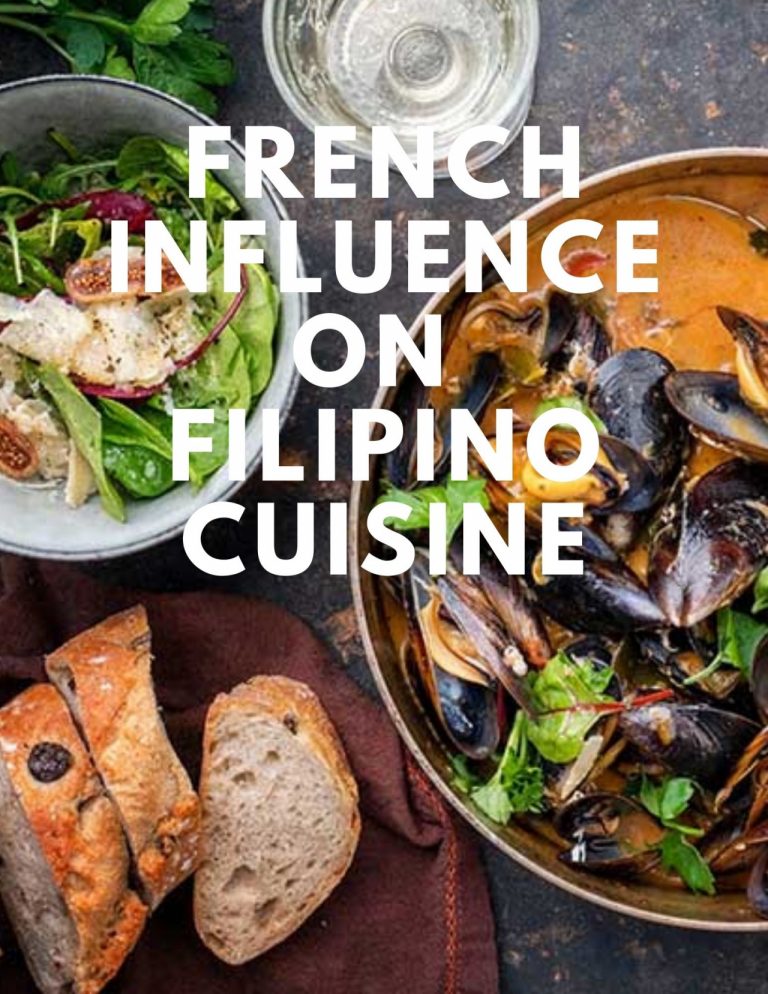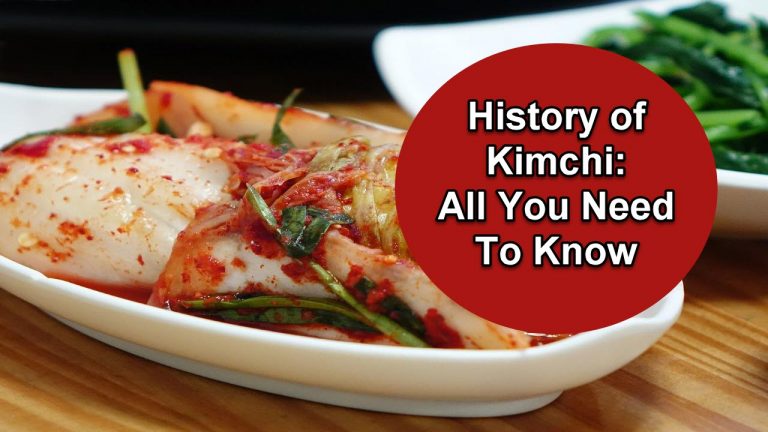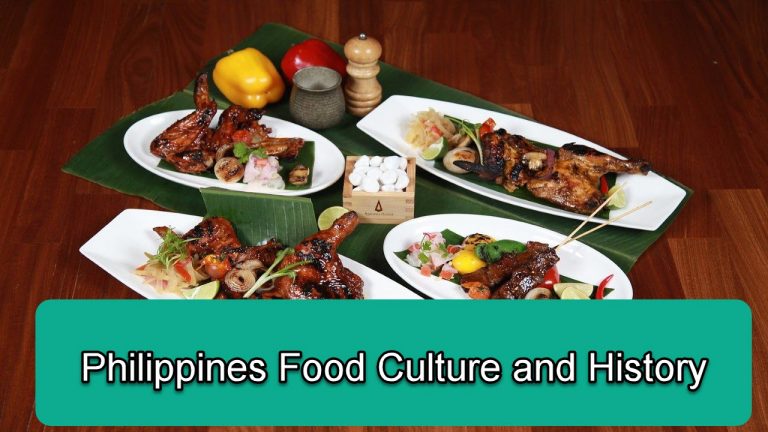Bhutan Food Culture And History
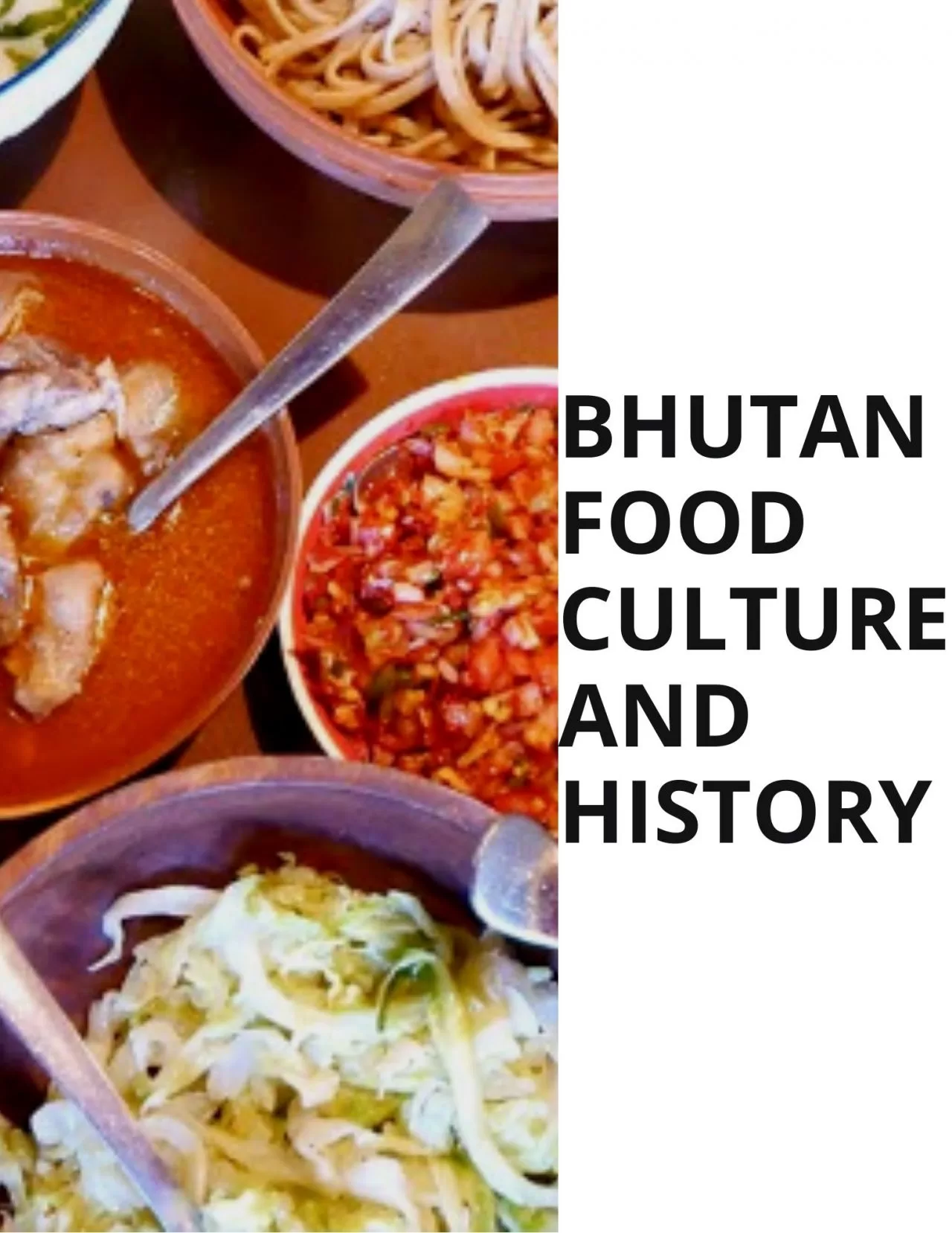
Bhutan is a country located in South Central Asia. It is a Buddhist Kingdom on the eastern edge of Himalayas. Bhutan is well known for its dzongs, monasteries and beautiful landscapes from plains to steep mountains. In relation to Bhutanese food culture it is highly influenced by the country’s culture as well as its history and geographical landscape since it is nestled in the Himalayas. Moreover, Bhutanese cuisine is greatly affected by its neighboring countries such as India and China.
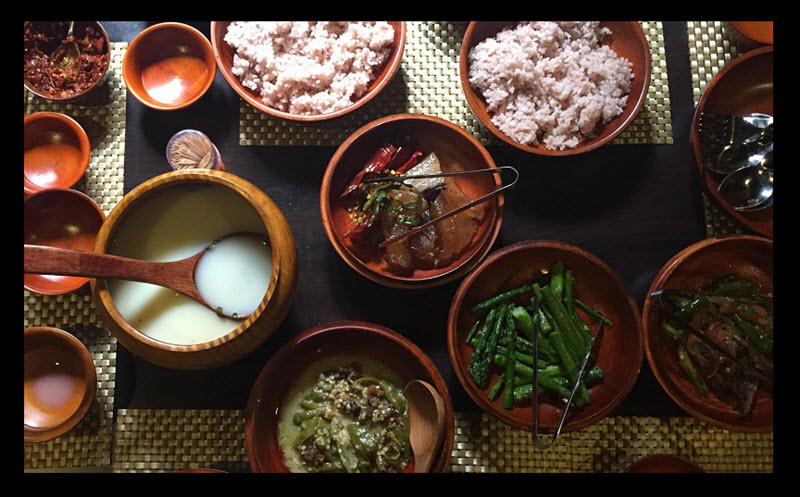
Bhutan Food History
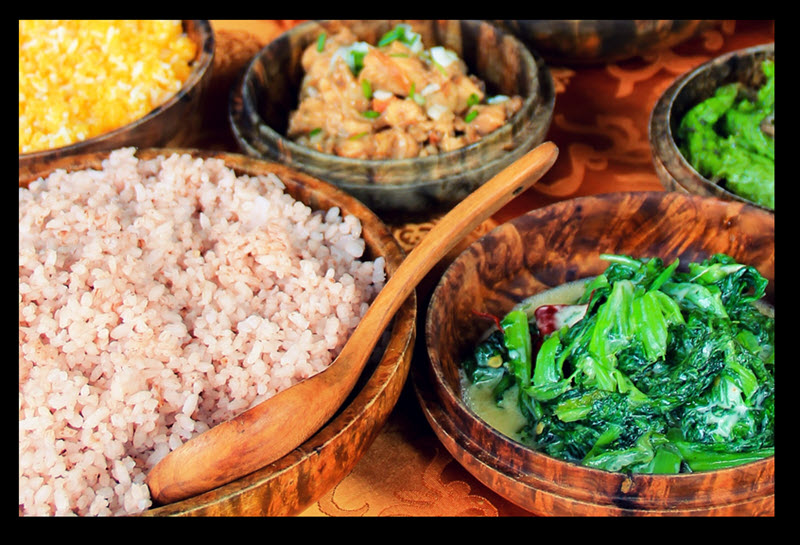
Food History: Background of Bhutan Food
More than half of the country’s population (including women) relies mostly on Bhutanese livelihood that has also helped boosts and improved the country’s economy. Maize and Rice are the two crops that is cultivated majority in the country, with rice as the staple grain although other crops such as buckwheat are also included in Bhutan agriculture. Other crops that are harvested in other areas in Bhutan (with proper irrigation) includes oil seeds, potato, barley and other vegetables such as carrots turnips, broccoli and spinach. Farmers in Bhutan often encounters problems with agriculture such as limited space as farmland, inadequate good soil as well as problems with a rugged terrain. Although most of the problems have already been dealt with from agricultural projects such as the use of fertilizers.
In relations to Bhutan livestock, most of Bhutan’s livestock are from agricultural rangelands that also provides the necessary ingredients needed for Bhutanese cuisine such as cheese, butter, milk, and of course meat. Although milk is greatly produced since nearly every dish in Bhutan includes milk as an ingredient. In fact, majority of the farmers in Bhutan owns a cattle (common breed are Siri Cattles) that’ll help them produce milk products either for their own personal use sometimes used as crop fertilizers.
Siri Cattles are small and matures slowly but in other areas (forested) in Bhutan, cattle that are considered hybrid are commonly used as they search much better as compared to cattle that are local.

Food Culture
The most distinguishable feature in Bhutanese cuisine is the country’s love for Spicy food. Bhutanese love spicy foods so much that most of Bhutanese dishes have chilies.
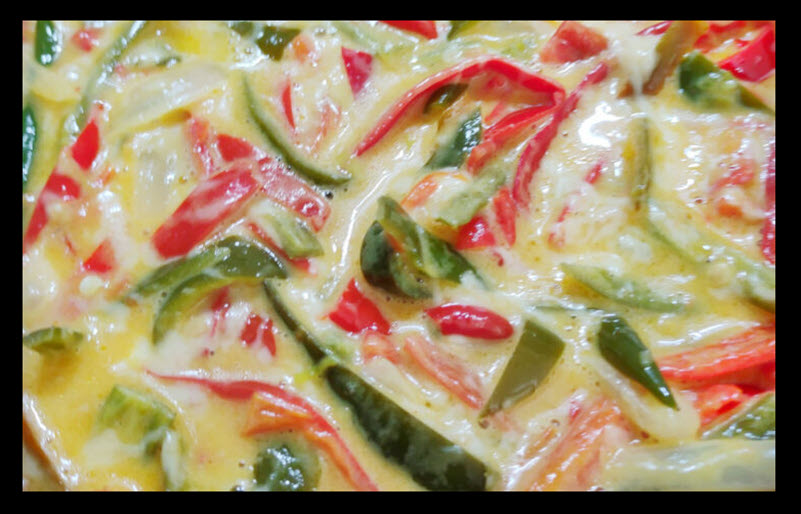
Bhutanese love for Chili
Ema Datsi or Datshi is the national dish of Bhutan, a famous Bhutanese dish known to have generous amounts of different varieties of Chilies either red or green chilies that are fried or the fresh ones. Ema which means Chili while Datsi which means Cheese, although there are other similar varieties of this dish such as Shamu Datshi consists of mushroom and cheese and Kewa Datshi consists of Potato and dish.

Staple Food in Bhutan
As mentioned earlier, rice is the staple grain food in Bhutan as well as Maize and Buckwheat. The most common type of rice is the Red rice which is somehow similar to brown rice in terms of its texture but with a nutty taste. It is estimated that approximately 5 kilos of rice is consumed per person in a week in Bhutan and it is usually consumed on every Bhutanese meals (breakfast all the way to dinner time). Most of the time, a bamboo or wooden bowls called as Bachung is usually used when serving rice in Bhutan, though the bowl because of how beautiful it is can also be used as a decoration on the wall of Bhutanese households.
White rice and red rice are common and popularly eaten in Bhutan. However, red rice is in fact the only rice that typically grows in high altitudes.
Red rice, aside from being extremely nutritious and healthy, it is delicious too. Red rice characterized as having a slightly sticky texture but soft too. When cooked, red rice usually looks like a pale pink in color.
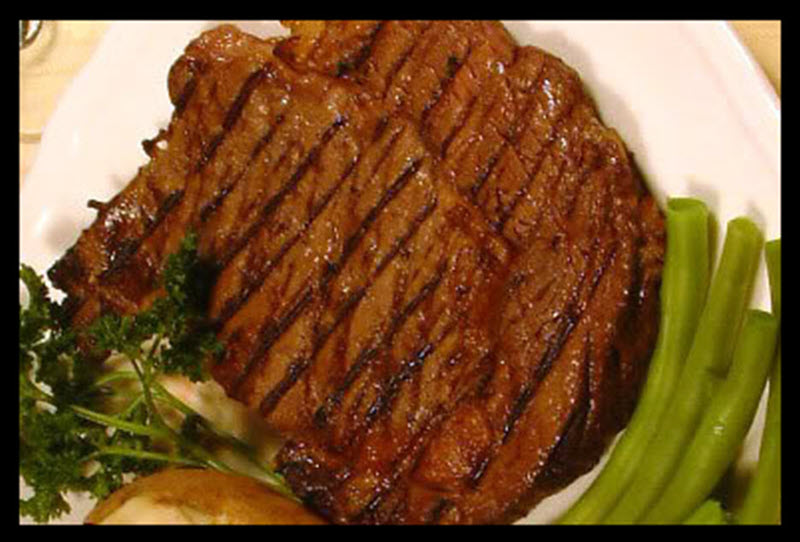
Varieties of meat eaten in Bhutan
Even if Bhutan is a Buddhist country, meat is also a basic ingredient used in Bhutanese cuisine where pork, beef, lamb and chicken are mostly eaten. Though Yak meat is the staple food in Bhutan (for people in Bhutan that are non vegetarian), in fact Yak is commonly served in every Bhutanese households.
Yak meat comes from an Ox mammal. It is a lean, and juicy red meat from an Ox mammal. Compared to beef, it is high in iron content. Yak meat is versatile and can be used in different dishes preparations. Yak usually comes from the highlands, and during autumn season it is when the herders of Yak comes down and sells the meat, the butter and cheese, usually in exchange for monetary but most of the time they sell the meat in exchange for rice. Enough rice that would usually lasts each of them for an entire year since Yak (Adult ones) weighs about 250 kilograms.
Since Bhutan is a Buddhist country, slaughtering of animals is strictly prohibited, in facts in some areas slaughtering of any animals is prohibited as well. Most of the meats in Bhutan are usually imported from its neighboring country such as China.

Vegetables eaten in Bhutan
Bhutanese people also eat meat but there are people in Bhutan that are vegetarian, or are into vegetarian diet. Though some dishes typically consists of meat combined with vegetables.
Most of the time, the vegetables used that is commonly added to meat dishes are spinach, onions, potatoes, tomatoes, radish, spinach, turnips, pumpkins, onions, green beans and a lot more. Thus, there is a balance between vegetables and meat used in Bhutanese cuisine.
There are also different types of soups and stews that are popular in Bhutan that is mixed with vegetables as such. The common vegetables used for soups and stew dishes are spinach, onions, turnips and pumpkins.
Vegetarian dishes that are exotic are usually made from taro, asparagus, and mushrooms.
The popular stew in Bhutan is called Phaksa. It is a Bhutanese dish made from pork and red chilies (Spicy). Vegetables such as bok choy, radish or spinach are usually added to the dish.

Drinks in Bhutan
When in comes to Bhutanese drinks, Bhutanese butter tea is well loved by people in Bhutan as well as barley wine. Grains are often used to make rice wine, and fruits are used to make fruit wine.
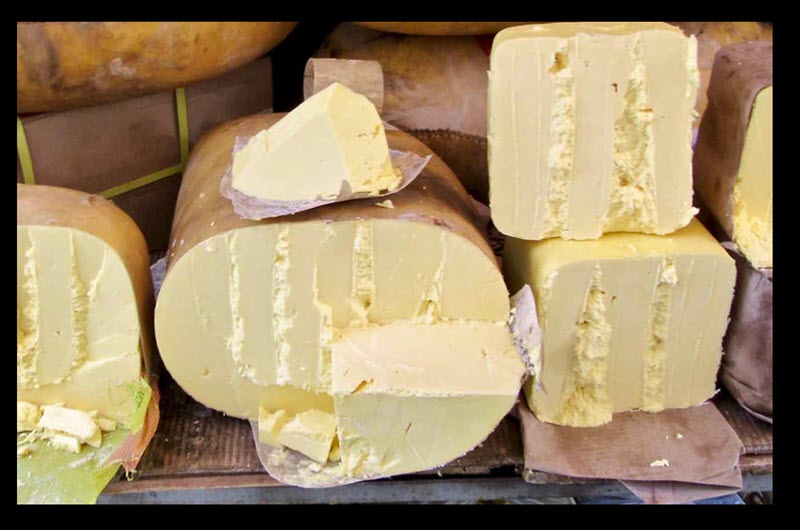
Dairy Products in Bhutan
As mentioned, milk is usually added to most of Bhutan dishes. But also, milk is sometimes transformed into butter and cheese. In fact, milk and butter made from Yak is loved by people in Bhutan.
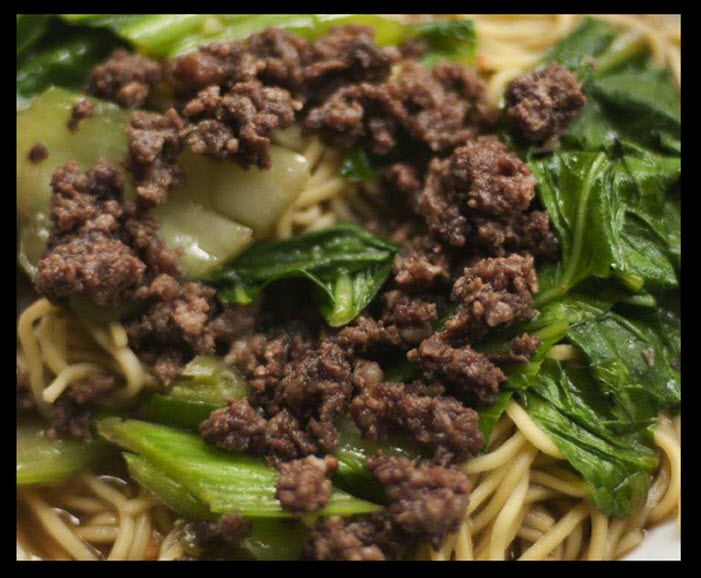
The influence of Tibet in Bhutanese food
Bhutanese cuisines is also highly influenced from Tibetan Cuisine since Bhutan is located north from Tibet, hence there is Tibetan-style food culture with Bhutanese cuisine.
In most of Bhutan’s restaurants, dumplings, Khabzey or Khabse (made from water, sugar and flour), Bhutanese sausage also called Shabalay and noodles can be seen available in that restaurants.
Listed below are some of the Traditional Bhutanese food:
- Momos- made from chicken, pork, beef, cheese, vegetables and chilies
- Ema Datshi – made from chili and cheese (vegetarian dish and a national dish)
- Kewa Datsi – made from potatoes and cheese
- Khurle – also called Buckwheat pancakes.
- Phaksha Paa – a stir-fried dish made from sliced pork and red chillies. (dried pork)
- No Sha Huentse – a stewed beef made with spinach
- Ezay – a bhutanese condiment that is made from chilies and onions combined with cheese and red chili paste.
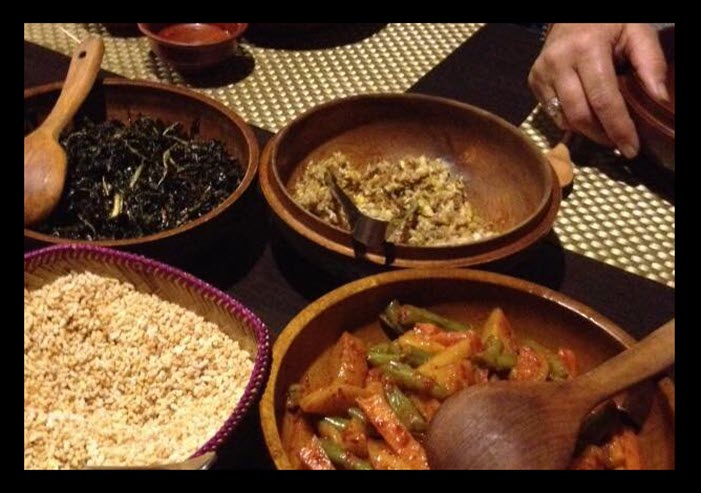
Eating habits in Bhutan
In Bhutan, locals eat with their hands however there are also spoons available for use. If you are eating with other people, the host and also the guests usually wait for everyone to be served with food before starting to dine.

